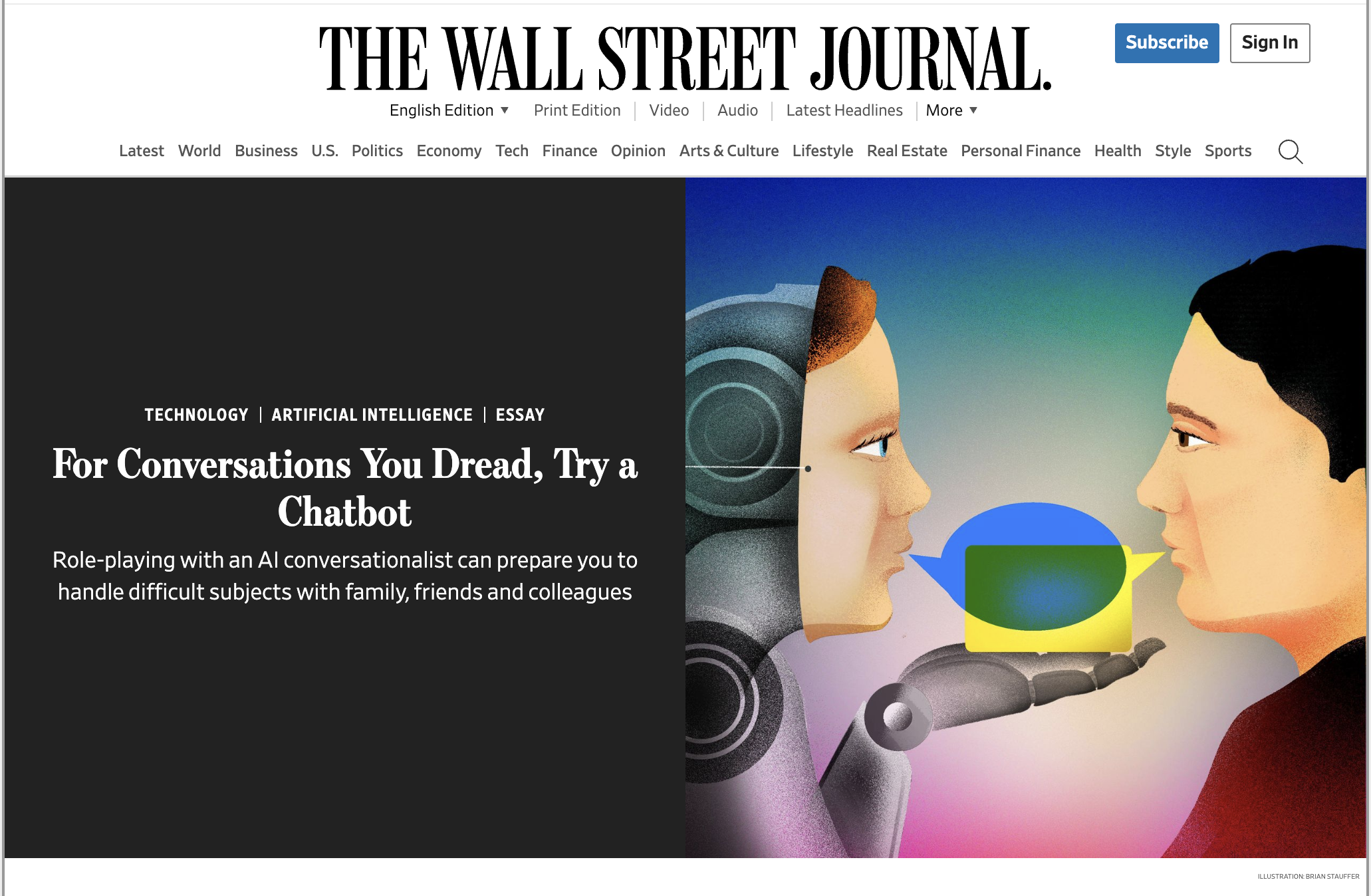Polycogitate
Today’s post comes from one of my most trusted thought partners, Nicholas Thorne from prehype. I’m delighted to showcase even 0.00001% of his fine thinking. Over the past decade, prehype has helped the founders of billion dollar companies like Barkbox and Ro Health find founder-customer fit. You can connect with Nicholas here.
***
I kind of cringed the first time I asked two people to separately help me with the same creative project. I felt like I was cheating on someone. Creative partnerships, however short-lived, have always seemed monogamous to me.
But I needed help. I was producing an episode of a podcast. I was desperate for a good idea on how best to splice two interviews into a monologue. And I didn’t have time to iterate sequentially. So I asked a would-be collaborator to take a listen and propose an edited-together version. Then I asked the same thing of another collaborator. I did not tell one about the other until late in my process.
The results were terrific. Obviously I benefited from gaining multiple perspectives, each uninfluenced by the other. The final product incorporated the best of everyone’s thinking. But moreover, I realized quickly that the prospect of asking multiple contributors for parallel input had led me to better define the problem I needed solving to begin with. Lest I ask for too much of someone’s time only to disregard their input altogether.
In a great way, creative polygamy has made me quicker to narrow my focus. It is unwieldy to run parallel creative tracks with open-ended goals. The input from your collaborators becomes too divergent to re-combine effectively. It’s better to spend time upfront slicing broader objectives into tiny steps and then soliciting input on each. Parallel collaboration has an easier time with atomized tasks than big, gnarly projects.
Titling a slide, drawing icons for a landing page, writing taglines for a new marketing campaign... Rather than sit with ideas too long yourself, and rather than call everyone into a big group brainstorm, next time you need a breakthrough: cut the job into pieces and farm the first one out to a couple friends.
There’s an analogy here, if you’ll allow it.
Companies regularly source the same component from different suppliers. They benefit from the resiliency that this creates in their supply chain. Suppliers work a little harder when they're not the only game in town. And there are many occasions when a second and third option proves to be a good backup and a good point of reference in negotiations.
As individuals we tend not to take advantage of these dynamics. “I want to be respectful of your time” precludes this kind of behavior.
But we do not really exist as creative individuals. We are enmeshed in intricate creative systems. Our processes rely on a series of inputs – and those inputs are often the outputs of someone else’s creative process. Whether we like it or not, we exist in a creative supply chain. We are better off being purposeful about how we interface with our collaborators – including when collaborating in parallel.
Click here to subscribe to Paint & Pipette, the weekly digest of these daily posts.










Cleverly deploying AI is not merely speeding up innovation—it's unlocking a fundamentally different relationship with the creative process. Here’s how to shift from operation, to orchestration.